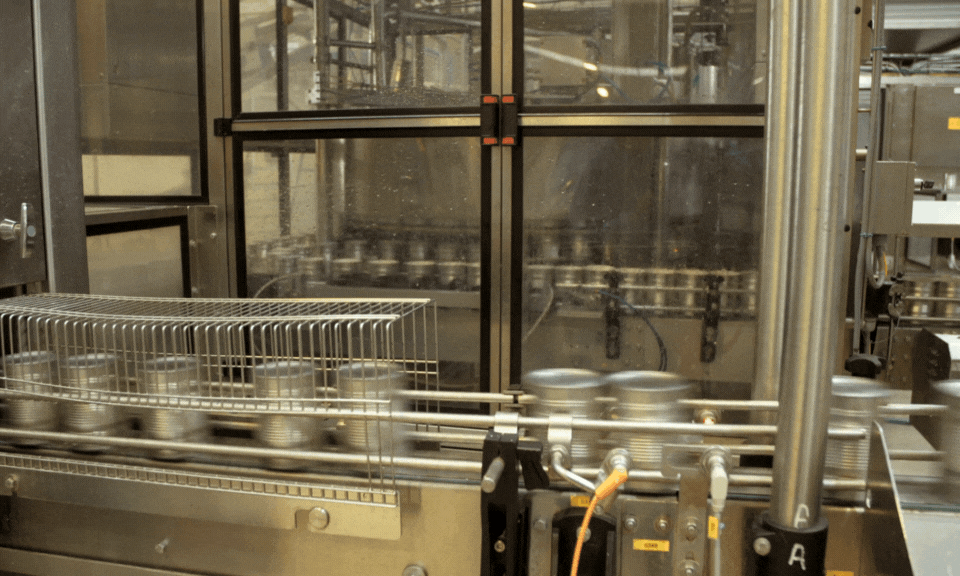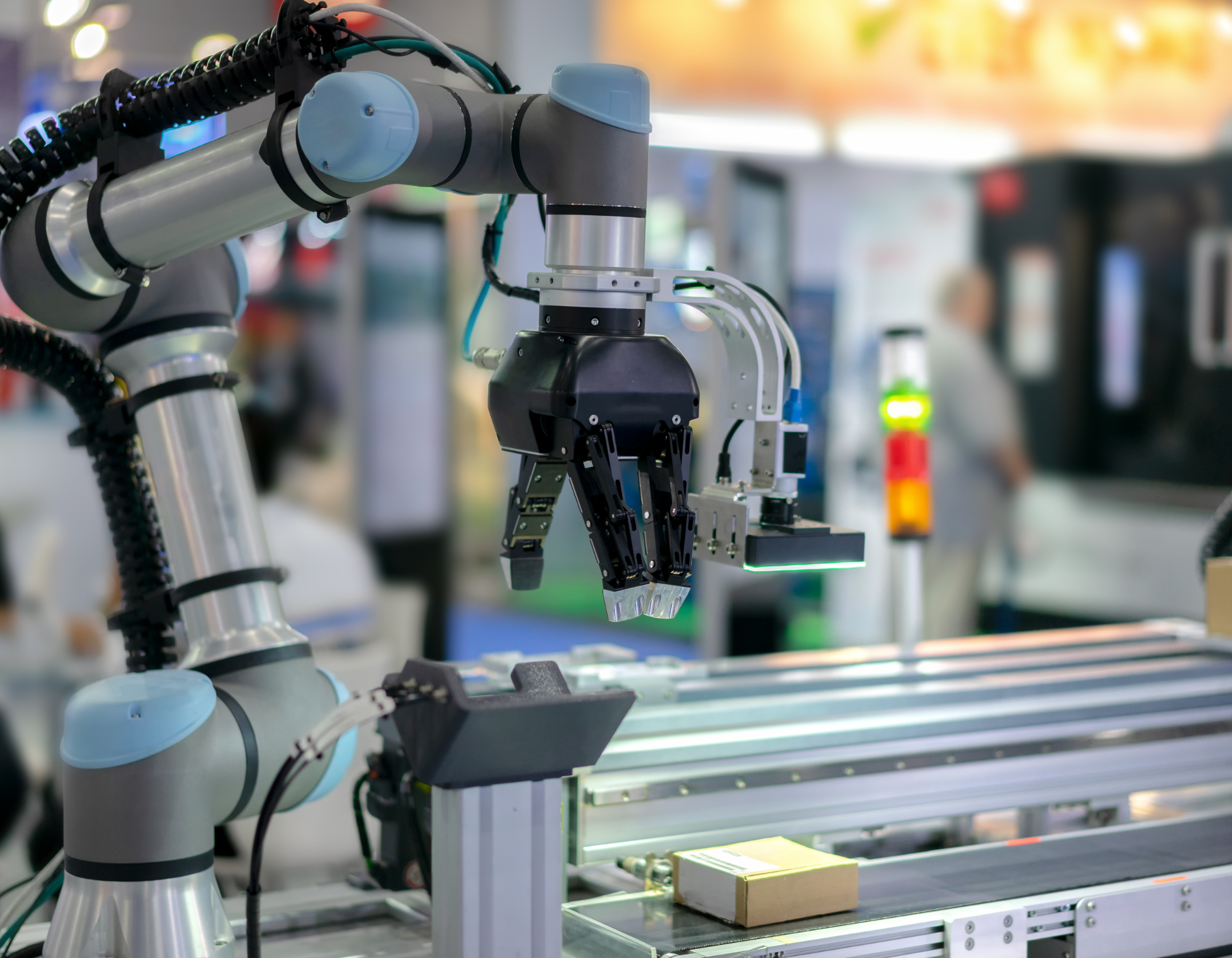3 Ways Robotics Is Solving Product Development Gaps
Is your organization facing labor and capacity issues? Are you struggling to get to market? Organizations are implementing robotic technology to combat the challenges straining their product development processes including time constraints, labor issues, time-to-market obstacles, product lifecycle declines, and more!
How robotic technology is improving product development challenges
- Combat labor issues and challenges: We always hear about robots "taking jobs away" and the negative ideas towards them. In some cases, this may be true. But, what happens when there's a labor shortage? What happens when capacity is tight and your organization cannot keep up with the demand? What happens when there is a limited amount of people capable of completing a dangerous task? Your organization loses out -- efficiency reductions, time-to-market extends, and of course, revenue drops. Robots are filling these "unfillable" jobs.
In today's world, robots interact with humans in the workplace. They are built.jpeg?width=299&height=138&name=shutterstock_1243361017-min%20(1).jpeg) to navigate the world of humans with the purpose of eliminating dangerous, repetitive, and boring tasks. Robots controlled from remote locations allow operators to control multiple "vehicles" in multiple locations depending on demand. This also expands the geographic pool of candidates an organization can hire, and even access untapped sections of the labor market, including people who are physically disabled.
to navigate the world of humans with the purpose of eliminating dangerous, repetitive, and boring tasks. Robots controlled from remote locations allow operators to control multiple "vehicles" in multiple locations depending on demand. This also expands the geographic pool of candidates an organization can hire, and even access untapped sections of the labor market, including people who are physically disabled. - Increase speed and accuracy: Robots are automating mundane manual processes. Think about a current aspect of your product development process that is long, repetitive, and
 manual. Imagine automating this process. Not only does this free up employees for higher level work, but it increases speed, accuracy, and ultimately, time-to-market. By eliminating humans from this routine work, human error is also reduced. Robots can work up to 745% faster than humans! By implementing robotic technology, organizations receive high-quality, consistent work, reducing the need for quality control. Technology does come with occasional downtime. But, the implementation of post-market surveillance and real-time monitoring can limit this downtime.
manual. Imagine automating this process. Not only does this free up employees for higher level work, but it increases speed, accuracy, and ultimately, time-to-market. By eliminating humans from this routine work, human error is also reduced. Robots can work up to 745% faster than humans! By implementing robotic technology, organizations receive high-quality, consistent work, reducing the need for quality control. Technology does come with occasional downtime. But, the implementation of post-market surveillance and real-time monitoring can limit this downtime. - Drive supply chain and revenue: A robot can work 24/7/365. A robot in place of a worker
 can reduce operating costs by 8,760 hours. Simply put, saving on labor costs while increasing productivity equals a boost in organizational revenue. Robotic technology is also decreasing energy costs for many organizations as robots can work in dark, unheated environments. Process automation is allowing companies to keep (or move) their manufacturing in the US, eliminating hidden off-shore manufacturing costs (long supply chain, high shipping costs, inventory delays, intellectual property theft, etc.).
can reduce operating costs by 8,760 hours. Simply put, saving on labor costs while increasing productivity equals a boost in organizational revenue. Robotic technology is also decreasing energy costs for many organizations as robots can work in dark, unheated environments. Process automation is allowing companies to keep (or move) their manufacturing in the US, eliminating hidden off-shore manufacturing costs (long supply chain, high shipping costs, inventory delays, intellectual property theft, etc.).

Impossible Challenge? Try Us.
Selecting a partner to help you automate your manual processes is a valuable option to increase time-to-market, bypass labor and time constraints, and avoid product lifecycle declines.
Chat with a robotic expert about your challenge:
Imagine your Impact: Stay up-to-date with the latest insights and trends we're watching. Add your email address below and sign up for a Monthly Summary of our most impactful posts!











